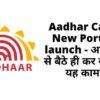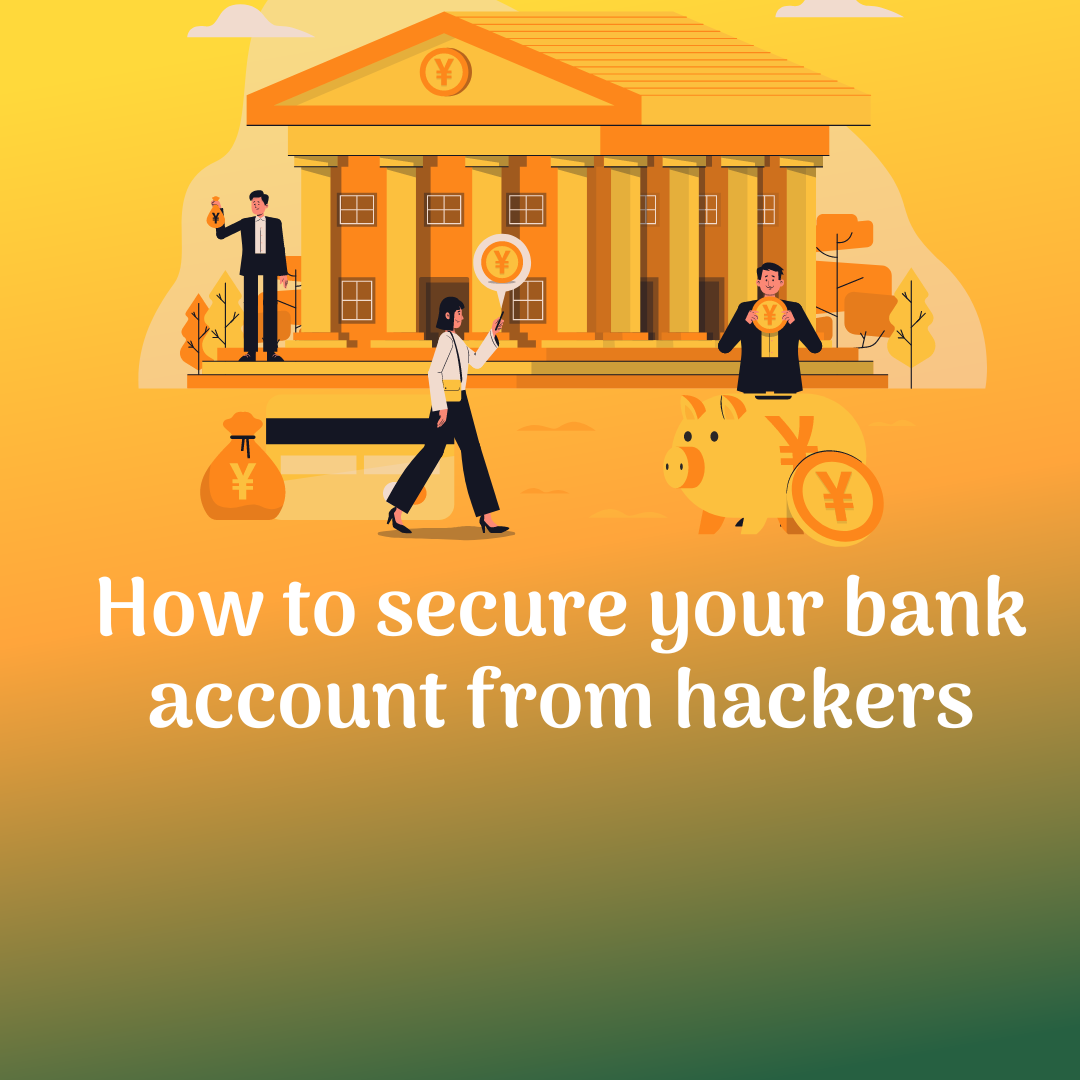Introduction
In today’s digital era, securing your bank accounts is more crucial than ever. With the rise of online banking and digital transactions, protecting your financial information is paramount. This comprehensive guide will provide you with practical tips and strategies to ensure the security of your bank accounts, keeping your hard-earned money safe from potential threats.
Choose Strong Passwords:
One of the simplest yet most effective ways to secure your bank accounts is by using strong passwords. Avoid easily guessable passwords like birthdays or common words. Instead, opt for a combination of uppercase and lowercase letters, numbers, and symbols. Regularly update your passwords and never use the same password across multiple accounts.
Read more: How much money should you put down when buying your own home?
Enable Two-Factor Authentication (2FA):
Enhance the security of your bank accounts by enabling two-factor authentication. This adds an extra layer of protection by requiring a second form of verification, such as a unique code sent to your mobile device, in addition to your password. 2FA significantly reduces the risk of unauthorized access.
Regularly Monitor Your Accounts:
Stay vigilant by regularly monitoring your bank accounts. Set up account alerts to receive notifications for any unusual activity, such as large transactions or login attempts from unfamiliar devices. Promptly report any discrepancies to your bank to address potential issues before they escalate.
Keep Personal Information Secure:
Be cautious about sharing personal information online. Avoid responding to unsolicited emails or messages requesting sensitive information. Legitimate financial institutions will never ask for personal details, such as passwords or PINs, via email or text. When communicating with your bank, use secure channels provided by the institution.
Read more: Highest Paying Google AdSense CPC Countries List and niche 2023
Secure Your Devices:
Ensure the security of your devices, such as computers, smartphones, and tablets, as they are the gateways to your online banking. Install reliable antivirus software, keep your operating system and applications up-to-date, and use a secure and encrypted Wi-Fi connection. Lock your devices with strong passwords or biometric authentication.
Beware of Phishing Scams:
Phishing scams are a common method used by cybercriminals to trick individuals into revealing sensitive information. Be cautious of emails, messages, or websites that seem suspicious. Verify the authenticity of communications by contacting your bank directly through official channels.
Regularly Update Software:
Ensure that both your device’s operating system and the applications you use for banking are up-to-date. Software updates often include security patches that protect against known vulnerabilities. Regular updates help safeguard your devices from potential threats.
Use Secure Wi-Fi Networks:
Avoid conducting sensitive transactions on public Wi-Fi networks, as they may not be secure. Use a virtual private network (VPN) when accessing your bank accounts from public places to encrypt your internet connection and protect your data from potential eavesdroppers.
Read more: How to make money online by testing websites and applications
Regularly Check Your Credit Report:
Monitoring your credit report is an essential part of overall financial security. Obtain free annual credit reports from major credit bureaus and review them for any discrepancies or suspicious activities. Unauthorized accounts or unfamiliar transactions could be indicators of identity theft. Reporting discrepancies promptly can help rectify issues before they escalate.
Educate Yourself on the Latest Scams:
Cybercriminals are continually evolving their tactics, and staying informed about the latest scams is crucial. Regularly educate yourself on current cybersecurity threats and scams affecting the financial industry. Many banks provide resources and updates on their websites to help customers stay abreast of potential risks. Awareness is the first line of defense against emerging threats.
Utilize Account Alerts Wisely:
Take full advantage of the account alert features provided by your bank. Customize alerts based on your preferences, such as low balance notifications, large withdrawals, or login attempts from new devices. These alerts serve as an early warning system, allowing you to respond promptly to any suspicious activities and mitigate potential risks. These can social security check your bank account as well.
Secure Your Email Accounts:
Your email account is often the gateway to other online accounts, including your bank. Strengthen the security of your email by enabling two-factor authentication and using a strong, unique password. Be cautious about clicking on links or downloading attachments from unknown sources. Phishing attempts often target email accounts to gain access to sensitive information.
In conclusion, securing your bank accounts is a multifaceted effort that requires a combination of strong personal habits and leveraging the security features provided by financial institutions. By adopting a proactive approach, staying informed, and implementing these tips, you can create a robust defense against potential threats, ensuring the safety and integrity of your financial assets in an increasingly digital world.
F&Q
Why is it important to use strong passwords for my bank accounts? A1: Strong passwords act as a first line of defense against unauthorized access. They make it significantly harder for cybercriminals to guess or crack your password, adding an essential layer of security to your bank accounts.
Two-factor authentication adds an extra layer of security by requiring a second form of verification, such as a unique code sent to your mobile device. Enabling 2FA enhances the protection of your bank accounts, reducing the risk of unauthorized access even if your password is compromised.
Phishing scams often involve deceptive emails, messages, or websites designed to trick individuals into revealing sensitive information. Be cautious of unsolicited communications, verify the sender’s authenticity, and avoid clicking on suspicious links. Legitimate banks will never request sensitive information through email or text.
Regular monitoring is crucial. Set up account alerts for transactions, login attempts, and balance notifications. Additionally, review your bank statements and credit reports regularly. Early detection of discrepancies allows you to address potential issues promptly.
Ensure your devices have updated antivirus software, use secure and unique passwords, and enable device lock features. Regularly update your operating system and applications. When accessing your bank accounts, use a secure Wi-Fi connection and consider using a virtual private network (VPN) for added encryption.
Contact your bank immediately if you notice any suspicious activities. Most banks have dedicated customer support lines and online reporting mechanisms. Prompt reporting enables the bank to investigate and take corrective action to protect your accounts.
Yes, checking your credit report is essential for overall financial security. Reviewing your credit report allows you to identify unauthorized accounts or suspicious activities that could indicate identity theft. Obtain free annual credit reports from major credit bureaus to stay informed.
These FAQs cover key aspects of securing bank accounts, providing users with essential information to enhance their financial safety in the digital age.
Conclusion:
Securing your bank accounts demands a proactive and multifaceted approach, combining personal diligence with the utilization of security features offered by financial institutions. By adopting the recommended practices outlined in this guide, you not only fortify the defenses around your financial assets but also contribute to the broader efforts in creating a resilient and secure online banking environment.
Remember that ongoing education is paramount. Stay informed about the latest cybersecurity threats and scams that may target your financial information. Many banks provide regular updates and resources to help customers navigate the ever-evolving landscape of digital security.
In the face of emerging challenges, your vigilance remains a powerful deterrent against potential threats. Regularly reassess and update your security measures, keeping pace with technological advancements and refining your habits to align with the most current best practices.
In conclusion, safeguarding your bank accounts is not a one-time task but an ongoing commitment to protecting your financial well-being. By integrating these recommendations into your routine and staying proactive, you build a robust defense against potential risks, ensuring the safety and integrity of your financial assets in an increasingly digital world. Your financial security is a shared responsibility, and by taking these steps, you contribute to a safer online banking ecosystem for yourself and others.











